An anatomy refresher for the Health Quiz we should all have to take once a decade at least2/18/2023
Imagine if you had to take a pop quiz in health class right now. How much do you remember about your body, function, maintenance, healthy eating or basic self care? How much of this are kids learning in school health? Try one of these AARP quizzes to see what you never learned, still remember or have forgotten: How Well Do You Know Your Body and/or What Do You Really Know About Your Muscles and see. And here's a cheat sheet: Bone: It is living, growing (supplying new blood cells) tissue; it has 2 types, spongy and compact - we'll talk about spongy in a future newsletter but know it is not as soft as it sounds and it is where osteoporosis is most devastating. Bone has an extensive vascular and neurologic network; has 5 general classifications of types related to shapes size, function (consider your knee cap versus your femur); and the ends of long bones are covered with a unique specialized material called articular cartilage. Cartilage: is a very specialized connective tissue which exists in your ears or in specialized structures like the meniscus and spinal discs as well as the ends of bone where movement (ie joints) exist. That (hyaline) cartilage is often called articular cartilage and it has no blood supply (ie healing is limited and nutrition occurs via diffusion) or nerve endings -also something we'll discuss in a future newsletter post about arthritis. The articular cartilage at the ends of bones is a super specialized covering that is surrounded by a fibrous capsule with a specialized lining and covers a joint space or cavity. Osteoarthritis and rheumatoid arthritis, as well as other arhritis' affect these cartilaginous structures. Muscle: has 3 distinct types: cardiac, smooth (between and around the walls of blood vessels and organs and moves things through and within the viscera) and skeletal; skeletal muscle is between bones connected by cartilage, ligament or fascia and creates movement; skeletal muscle has 5 key designs: sphincter, pennate, flat, fusiform and quadrate; has network blood vessels, nerve innervation and a network of connective tissue holding its bundles of bundles together. Ligament: are either extrinsic or intrinsic (one with) synovial joints and connect bone to bone, stabilizing a surface for movement; Tendon: is similar to muscle in its bundling matrix; tendon connects muscle to bone and mitigates forces; it is a cordlike structure with great stiffness from collagen as well as from the structure; tendons have 2 key points of potential injury at the muscle tendon junction and at the invagination (insertion point) of the tendon in to the bone; tendons in the hand and foot that are exposed and glide over bony areas have a specialized covering that supplies nutrition and lubrication to offset the friction from their environment; tendinopathy is a term more commonly used these days to describe the process of tendon injury or inflammatory state with tendonitis indicating swelling is present versus tendonosis indicating nicks and tears in the tendon may be present. A person sprains a ligament, by rolling the ankle when misstepping off of a curb. One strains a muscle or even tendon by over loading or over exerting oneself pushing, pulling, playing, carrying. Strains can be mistaken for Delayed Onset Muscle Soreness (or we can conclude DOMS to be a very early very minor muscle strain) from exertion without proper ramp up. DOMS usually is most pronounced 2 days after a stressful workout versus an acute strain which likely occurs more immediately; DOMS usually feels better with light exercise on day 2 or 3 if it is not already receding with time, whereas the strain will feel worse.
Let us know how you scored - and be sure to suggest some other topics based on questions you missed on the quiz. It's a big secret that I am a huge fan of AARP. Yes, you read that right, before today I have not yet bragged publicly about being a 7 year subscriber to the AARP newsletter. Though I was offended initially that when I turned 50 there were "crickets" from AARP despite being told by nearly everyone that the day after I would get non stop circulars! So after waiting an appropriate amount of time, I signed us up and it's true - the mail never stops coming! BUT honestly, that's not a complaint and, the AARP magazine has some of the best resourced, referenced health and financial news (plus other actually cool bits of info) of the many general public health newsletters I have read loyally over the years (Berkeley Wellness, Harvard Health, Harvard Women's Heart News, MedscapeNews to name a few) . Really, the monthly AARP magazine is great. Now AARP is recruiting what they call a Cupid Crew to decorate and send notes to Seniors who otherwise might not get personal notes and cards. Using the upcoming Valentine's Day holiday as the date it makes this (non sensical) day a good focal point early in the year to keep our mind on the altruism, compassion and thankfulness we all just experienced. If you're interested here's the link. Or, if you are landing here after reading this in the January Foley Physical Therapy Newsletter, the sign up deadline is past so please stop by the EngineHouse 16 and we will have cards here by February 3rd! Sign up for the Foley Physical Therapy newsletter here.
After a lot of thought and even more debate with friends and mentors I have come to the decision that the risk of adding to your cluttered email inbox is one I must take. I do not take this responsibility lightly having weeded (clearly I will not be a wordsmith) my personal inbox down to just these fantastic few newsletters that are essential for me:
Alison Roman Ozan Varol Chris Johnson Ooni Pizza Community Don't judge me. And I realize you too may just finally have a delicate hold on all the demands for your attention too. My hope, however, is so be able to drop in your mailbox a monthly summary of physical therapy and health and wellness advice that saves you time and feels valuable. I would love to answer questions proposed through this format by readers as well - that part would be really cool. The selfish goal is to stay in your minds while you are healthy so you may return to us in the future! It also saves me having to send personal emails to many of you (like Mom would do via snail mail) when I read something I think you might benefit from knowing about! Here is the direct link to the MailChimp signup form. Please feel free to share it with someone who may not know us yet. Happy Holidays! Why is there so much mis and dis information about COVID-19...only answer if you're a scientist!6/10/2022
Finally, an article by my favorite medical science writer (Eric Topol M.D) including his perspective about why “scientists” feel “scientists” have done a bad job communicating about coronavirus.
Vaccines and prevention/protection related to COVID-19 and variants is a touchy subject not just within many (and my) families, among some (not my) friends and sadly with former (for a reason) patients. I want to not muck it up with my additional commentary, except to say this: the fact is, there is debate where there should never have been and there is an expectation of absolutism where science never would place one. This is a fantastic group of panelists and really thoughtful questions about this mess are addressed. See what resonates for you and please share any thoughts in the comments section. US Olympic Speed-skater Maame Biney courtesy of Getty Images Center of mass over the base of support is how one keeps balanced regardless of the activity. Standing from sitting or as history making Maame Biney demonstrates doing something high level where the base of support might even be the mobile segment or where use of external forces is necessary too. Center of mass is a point at roughly about the belly button which can change based on height and/or movement in any direction. Sometimes people will ask about how to improve their balance and usually with some surface specific idea in mind: “How do I improve my balance so I’m not worried about falling on ice”? A great question and a reasonable concern at any age, though younger, athletic people don't fear the fall, or really the landing, as much as older folks do. Ice is a challenge because of the low friction coefficient which makes all the other skill building from balance training, mute. But there are some things you can do to help yourself.
Here are my key points: |
Author:
|
Proudly powered by Weebly
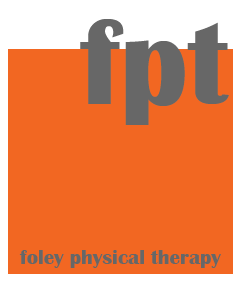
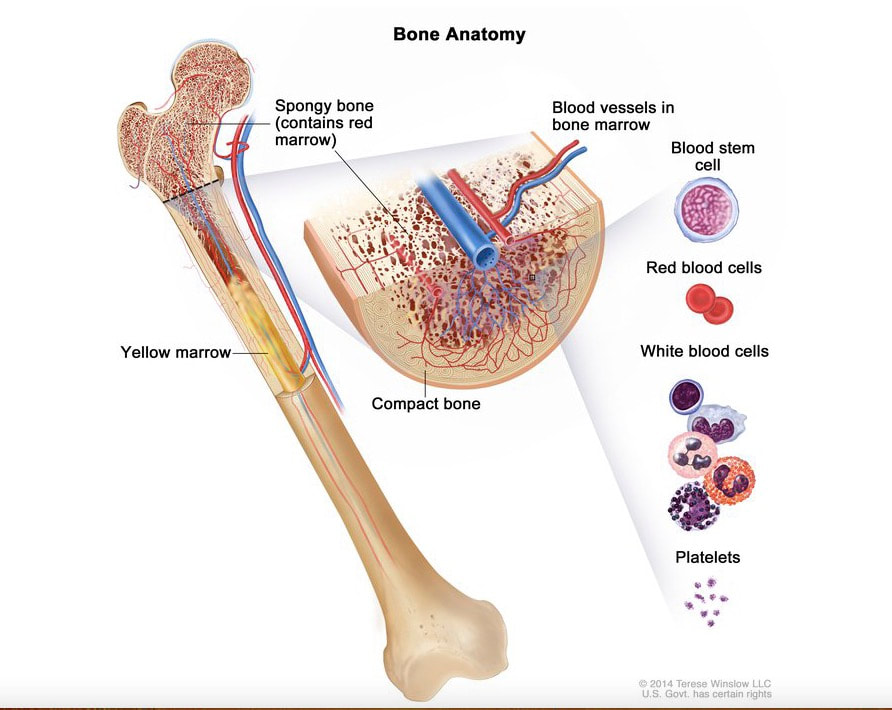
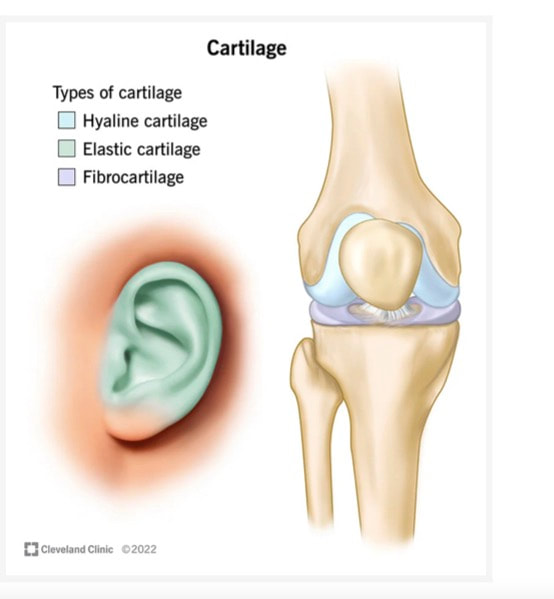
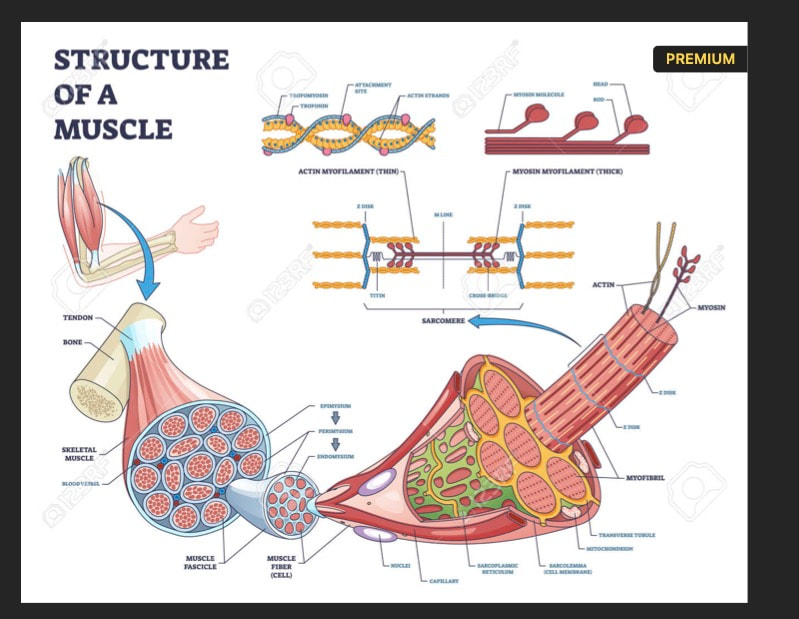
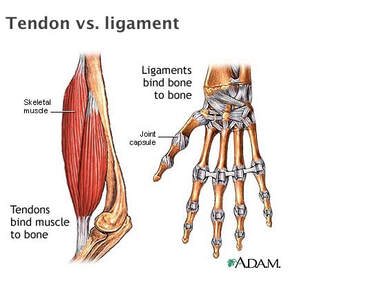
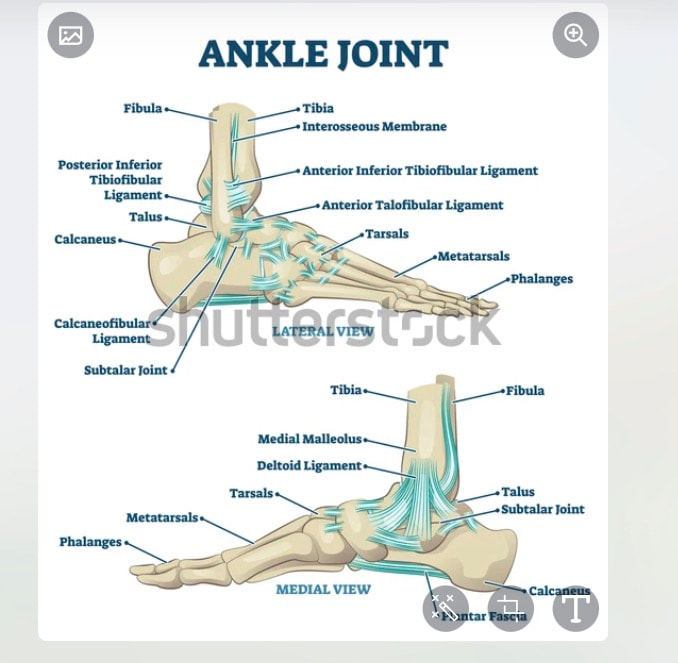
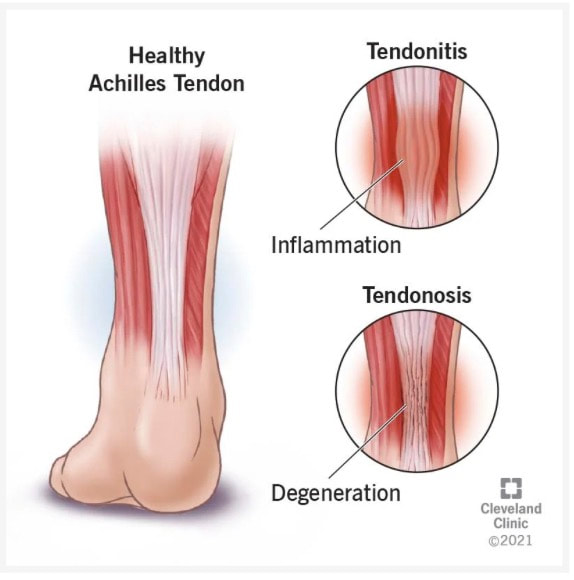
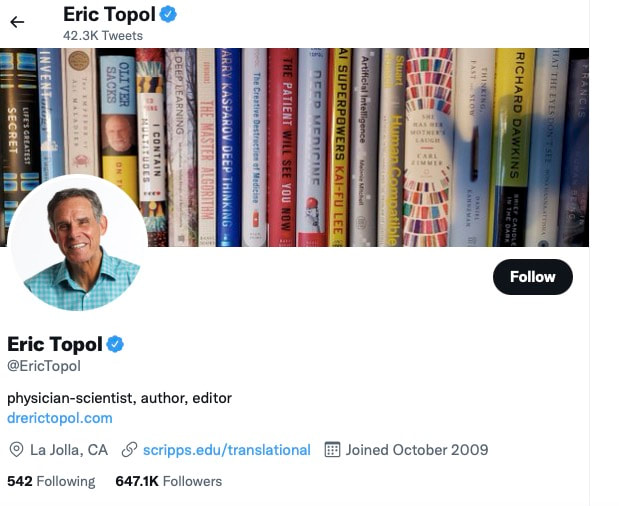
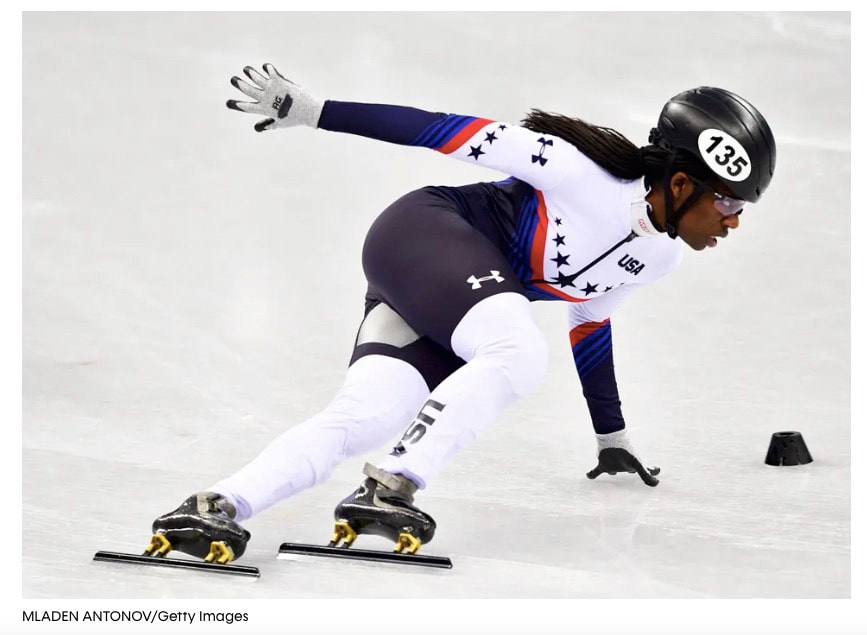
 RSS Feed
RSS Feed